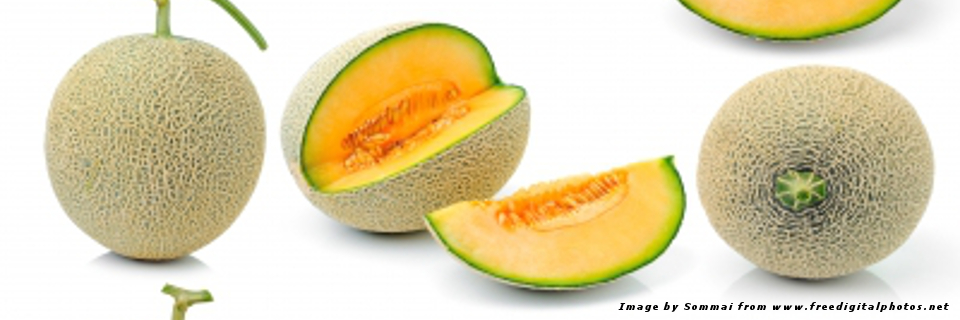Back
Scientific Opinion on the risk posed by pathogens in food of non-animal origin. Part 2 (Salmonella in melons)

05/10/2014
Melons and watermelons are ready-to-eat foods, with an internal pH of 5.1 to 6.7 and can be consumed whole, as fresh-cut products or as fresh juices. Epidemiological data from the EU identified one salmonellosis outbreak associated with consumption of both pre-cut and whole melon between 2007 and 2012. Risk factors for melon and watermelon contamination by Salmonella were considered in the context of the whole food chain, together with available estimates of Salmonella occurrence and mitigation options relating to prevention of contamination and the relevance of microbiological criteria. It was concluded that each farm environment represents a unique combination of risk factors that can influence occurrence and persistence of Salmonella in melon and watermelon production. Appropriate implementation of food safety management systems including Good Agricultural Practices (GAP), Good Hygiene Practices (GHP) and Good Manufacturing Practices (GMP), should be primary objectives of producers. It is currently not possible to assess the suitability of an EU-wide E. coli Hygiene Criterion at primary production. The existing Process Hygiene Criterion for E. coli in pre-cut melons and watermelons aims to indicate the degree to which GAP, GHP, GMP or Hazard Analysis and Critical Control Points (HACCP) programmes have been implemented. There are Food Safety Criteria for the absence of Salmonella in 25g samples placed on the market during their shelf life of ready-to-eat pre-cut melon and watermelon and unpasteurised melon and watermelon juices. A Food Safety Criterion for Salmonella in whole melons and watermelons could be considered as a tool to communicate to producers and processors that Salmonella should not be present in the product. Since the occurrence of Salmonella is likely to be low, testing of whole melons or watermelons for this bacterium could be limited to instances where other factors indicate breaches in GAP, GHP, GMP or HACCP programmes.

